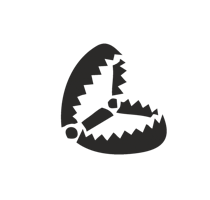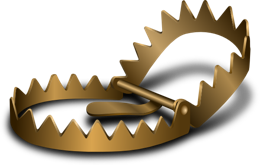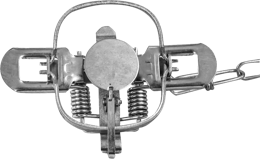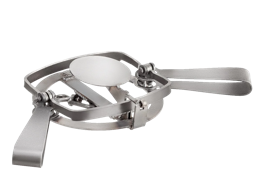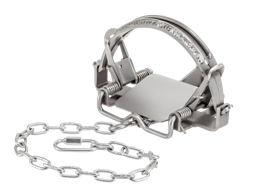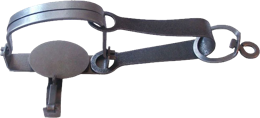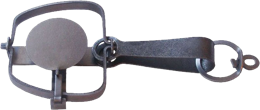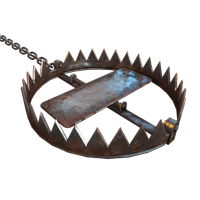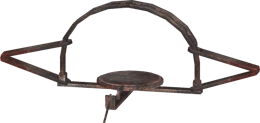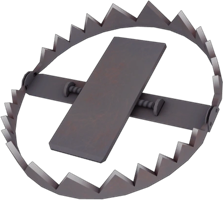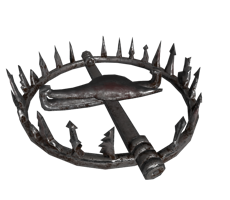In this bear trap page you can download free bear trap PNG images: bear trap PNG images free download
In this gallery of bear trap, we have 18 free PNG images with transparent background.
Body-gripping traps, often referred to as "Conibear" traps after Canadian inventor Frank Conibear, are designed to swiftly kill animals. These traps, originally manufactured in the late 1950s as the Victor-Conibear trap, are considered by many trappers as one of the most significant trapping innovations of the 20th century. When used correctly, they ensure a quick and humane death for animals caught squarely on the neck, preventing prolonged suffering or the possibility of escape.
Primarily used for catching fur-bearing animals, body-gripping traps are typically constructed from bent round steel bars and come in various sizes. These include model #110 or #120 for smaller animals like muskrat and mink, model #220 for raccoon and possum, and model #330 for larger animals such as beaver and otter.
These traps can be baited to lure animals or strategically placed along animal paths to capture them as they pass. Proper positioning is crucial to ensure the trap triggers effectively. The standard trigger mechanism consists of wires extending between the trap jaws, with variations such as pans and bait sticks also being used based on the target animal's size and behavior.
When a body-gripping trap closes on an animal's neck, it quickly closes the trachea and blood vessels to the brain, often resulting in unconsciousness within seconds and subsequent death. However, if the trap closes on other body parts, the outcome is less predictable, potentially leading to injury rather than swift death.
Trapping ethics emphasize the importance of taking precautions to avoid accidentally harming non-target species, including domestic animals and humans, with body-gripping traps.
It's worth noting that the term "body-gripping trap" is used by animal-protection advocates to describe any trap that restrains an animal by holding onto any part of its body. This includes foothold traps, Conibear-type traps, snares, and cable restraints but excludes cage traps or box traps that solely contain animals without exerting pressure on them. Suitcase-type traps, which restrain animals by containing them under pressure inside cages, are also generally not included in this category.
